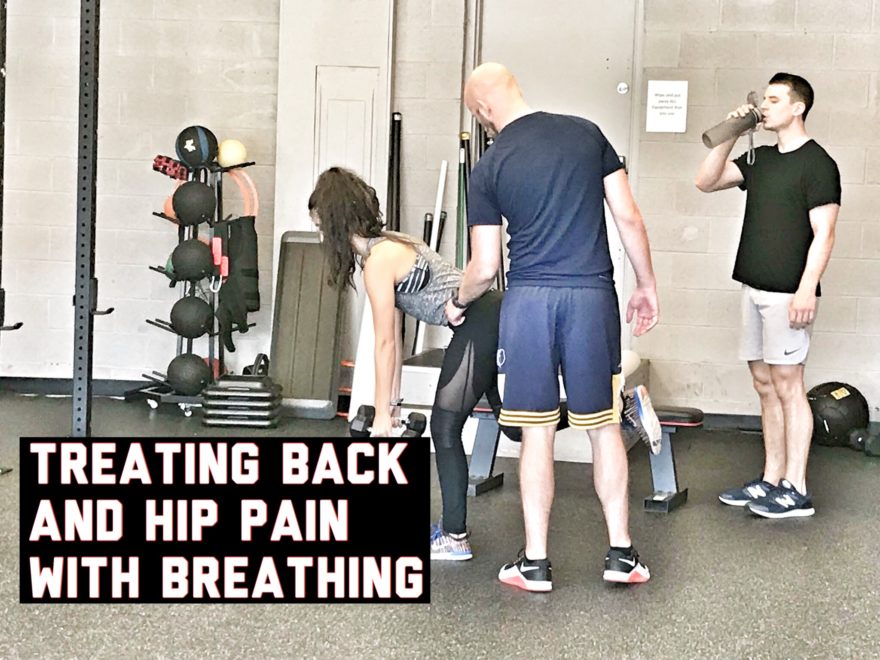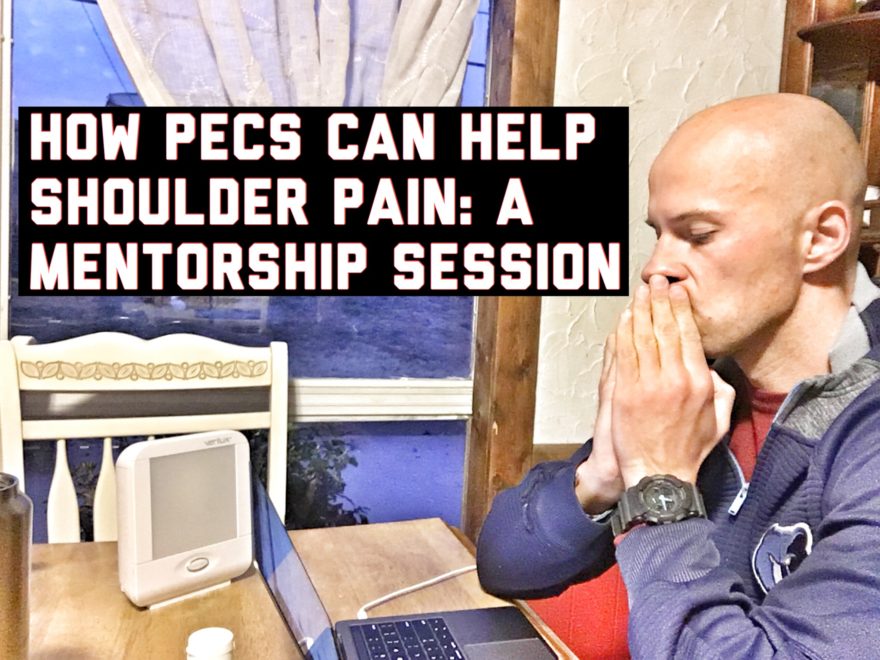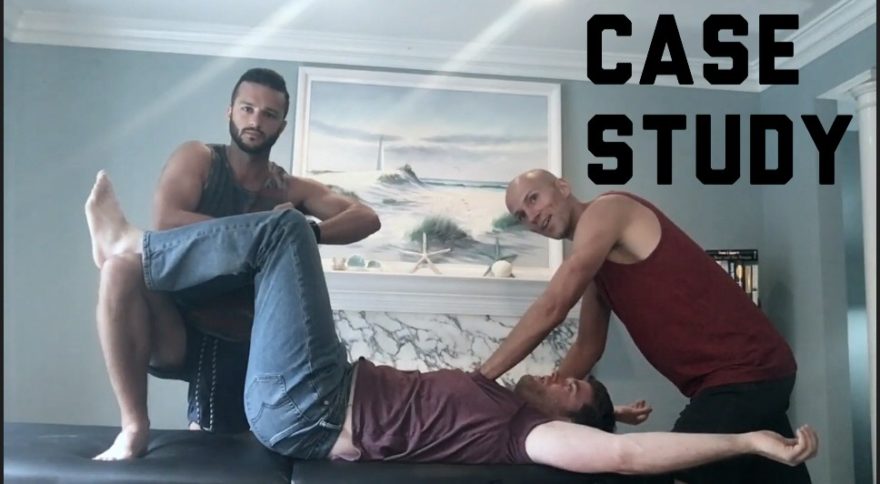Tag: case report

Treating Back and Hip Pain with Breathing – Live Case Study
Ever have someone who hurts multiple areas, and you are unsure where to start? What if I told you that…

How Pecs Can Help Shoulder Pain: A Mentorship Session
I recently did a mentorship session with my good friend, movement consultation partner, functional medicine guru, and #bae, Dave Rascoe…

How to Fix Neck Pain After Lifting – A Live Treatment
While in the Hamptons, my main man Cody Benz started developing some neck trouble. We thought it might be helpful…
